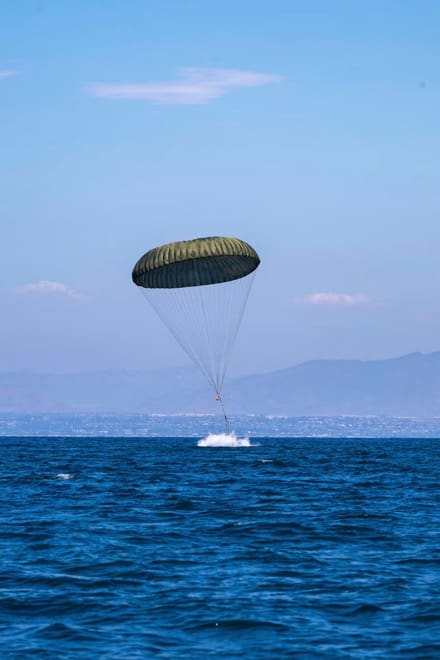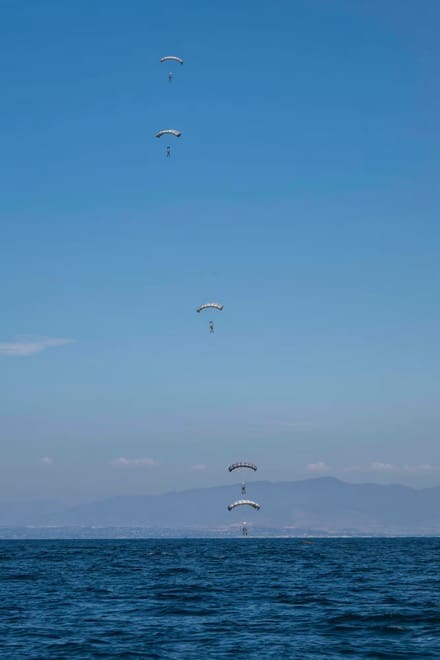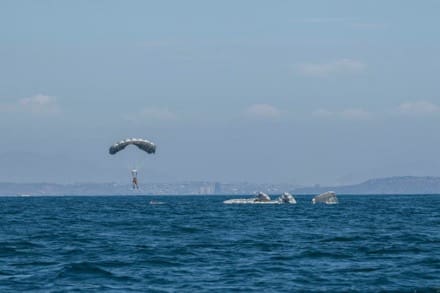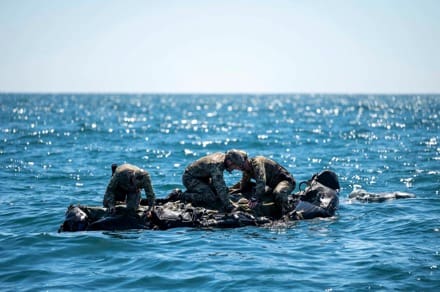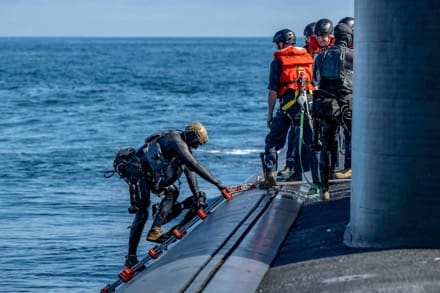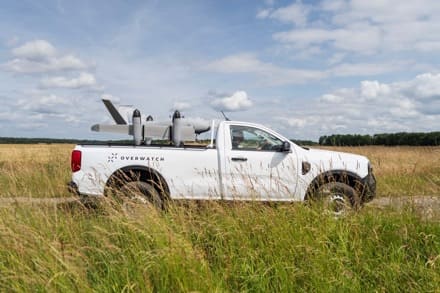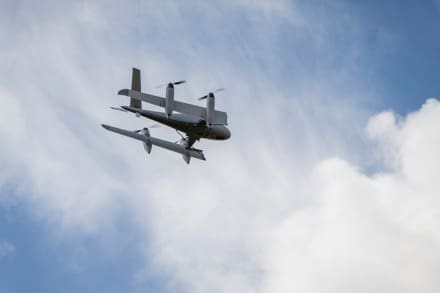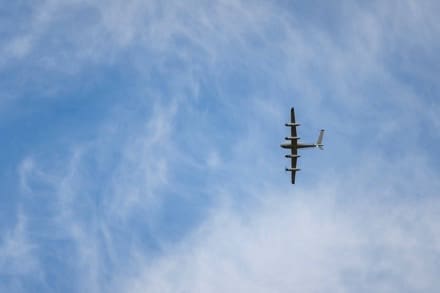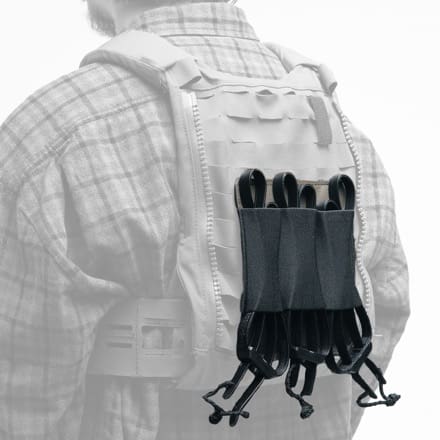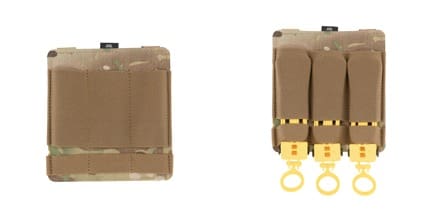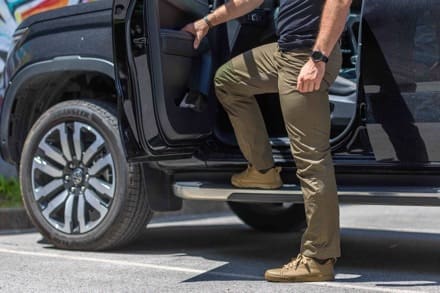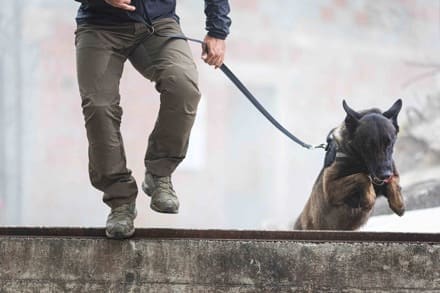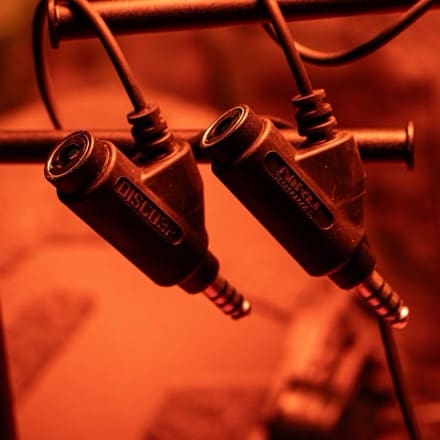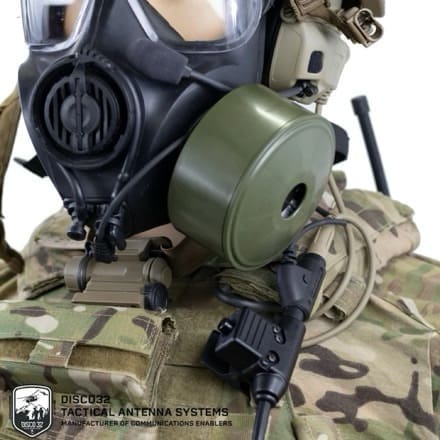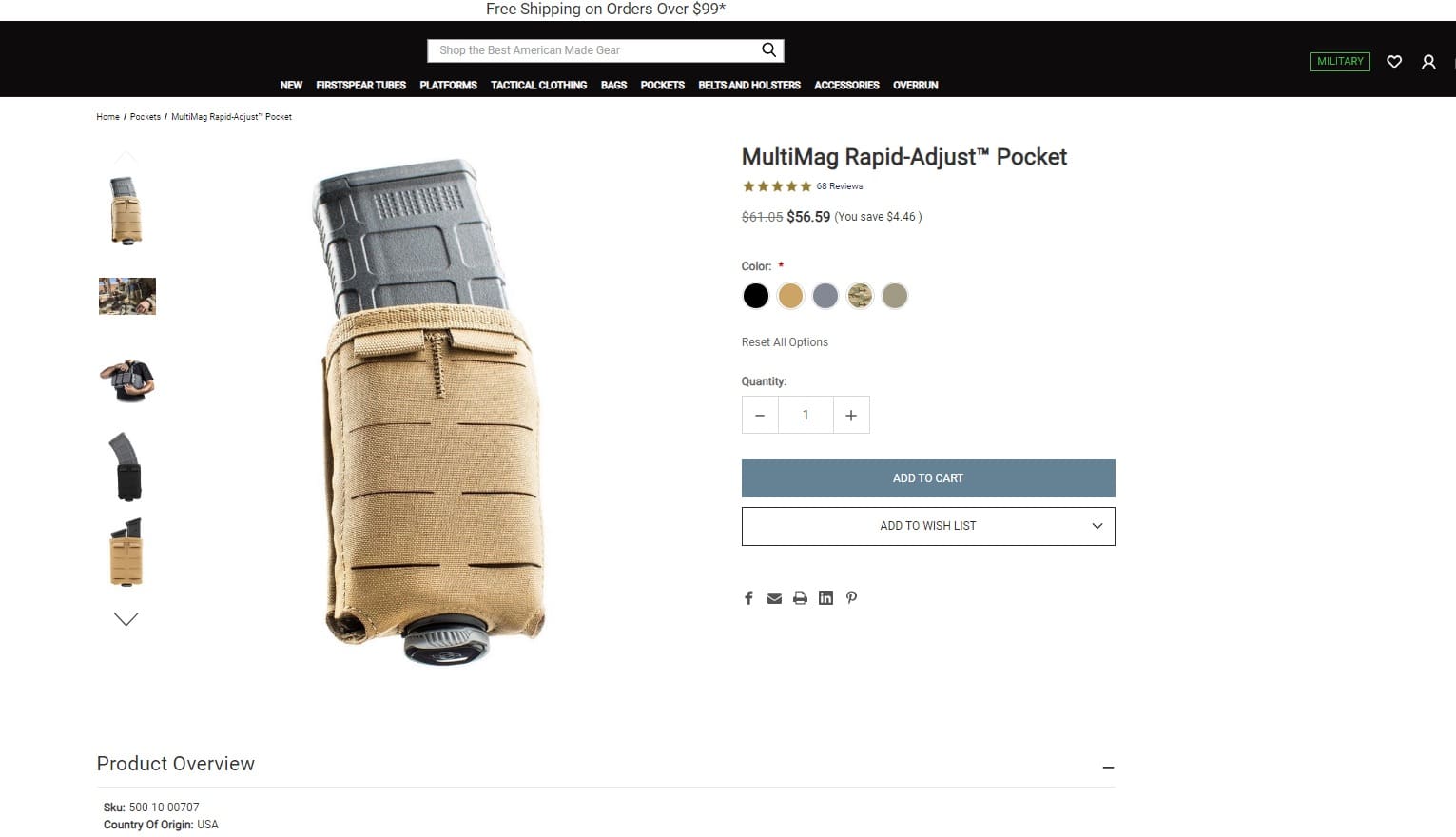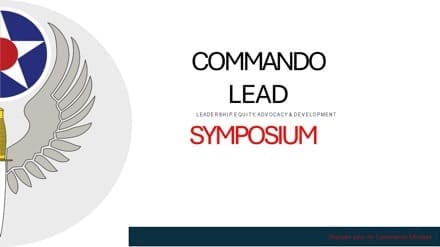
Hurlburt Field, Fl —
Participants across Air Force Special Operations Command took part in the Commando LEAD Symposium on July 15 virtually to learn techniques to continue to build the force we need.
“We have a duty as leaders to ensure anyone who chooses to serve has an environment to thrive,” said Maj. Gen. Rebecca Sonkiss, Deputy Commander of Air Force Special Operations Command. “We are talking about building strong teams, a fabric of unique and different thoughts, with trust, that are ready to deliver the full capabilities of our nation with the lethality we need to win,” she added.
The Commando LEAD Symposium had an array of speakers, which all focused on the need to maximize an Air Commandos potential and to sharpen their mindset.
“The Air Commando Mindset is a bias for action, setting really high standards, and holding each other accountable. It is this mindset that actually earns us the title Air Commando and comes from a rich heritage,” said CMSgt Anthony Green, Command Chief Master Sergeant at Air Force Special Operations Command. “We must have all three things and remain adaptive. We cannot allow ourselves to stagnate because of the risk of failure. Know the mission, seek our purpose, and unleash that out the box thinking that AFSOC has always been known for,” he added.
At the virtual symposium, participants were provided insights on how to cultivate a professional workplace, nurture workforce talent, and promote an inclusive environment.
“We are not a social justice organization, we are a combat capability generating and warfighting organization, but we can still find ways to take care of each other. And so, to that end, Air Force capabilities and warfighting skills are enhanced by the diversity of its personnel,” said SMSgt Remy Voisin, Senior Enlisted Advisor for the 1st Special Operation Wing Commanders Action Group.
Topics at the event included “Air Commando Mindset,” “Diversity as an Operational Necessity,” and “Overcoming Systemic Barrier’s.”
When we foster an environment of inclusion, our force becomes a more engaged, effective, and lethal.
“Bringing broad spectrum of teammates to the table so they perform to the best they can stands the test of time. Our expectation is everyone is a leader, and everyone needs to be leading in this space,” said Sonkiss.
LEAD stands for Leadership, Equity, Advocacy and Development.
Air Force Special Operations Command Public Affairs


